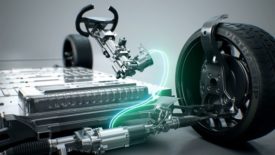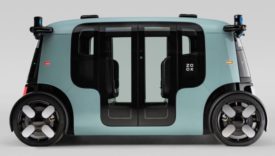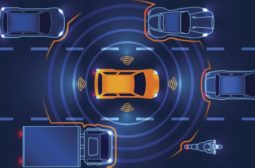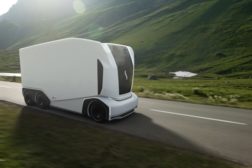Home » autonomous vehicles
Articles Tagged with ''autonomous vehicles''
Reliable Bonding for Autonomous Driving
Ultrasonic welding is a fast, reliable method for attaching connectors to cables used in self-driving cars
January 12, 2021
Autonomous Vehicles go Beyond the Blacktop
Autonomous off-highway vehicles are a growing presence around the globe, from Norwegian mines to Brazilian sugar cane fields, and while limited access sites foster more controllable environments, rough and tumble usage raises a host of other challenges.
September 14, 2020
Never miss the latest news and trends driving the manufacturing industry
Stay in the know on the latest assembly trends.
JOIN TODAY!Copyright ©2024. All Rights Reserved BNP Media.
Design, CMS, Hosting & Web Development :: ePublishing










